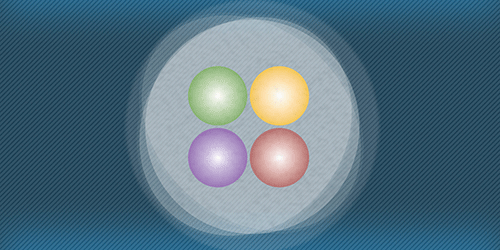Filling in a Tetraquark’s Profile
Over the past few years, physicists have detected several particles that are best explained as having four quarks—rather than the usual two or three. One of the first candidates for this “tetraquark” class was the (3900) particle, with a mass of 3900 (see 17 June 2013 Viewpoint). Although the (3900) appears to be made up of two charm quarks plus an up quark and down quark, much mystery still surrounds this particle. To improve our understanding, the BESIII experiment at the Beijing Electron Positron Collider has now measured two important quantum parameters of (3900)—its spin and its parity.
The first sightings of (3900) were in 2013 by the BESIII Collaboration and, independently, by the Belle Collaboration in Japan. Both groups detected the new particle’s signature in electron-positron collisions that produce a meson and two pions. Since then, the BESIII Collaboration has found evidence of a tetraquark with mass of 3885 in electron-positron collisions producing D mesons. With such a small mass difference, an obvious question is, could this (3885) particle just be (3900) (see 15 January 2014 Synopsis)?
One way to test the correspondence between the two particles is to compare their spin and parity values. The BESIII Collaboration selected over 6000 events in their data that match the criteria for (3900). Performing a so-called partial wave analysis, they compared the selected events to simulations with different values for the particle’s spin and parity. The simulation with spin 1 and even parity gave the best fit, implying that (3900) has the same spin and parity as (3885), whose parameters were measured previously. The results support the hypothesis that the two particles are actually the same.
This research is published in Physical Review Letters.
–Michael Schirber
Michael Schirber is a Corresponding Editor for Physics based in Lyon, France.





